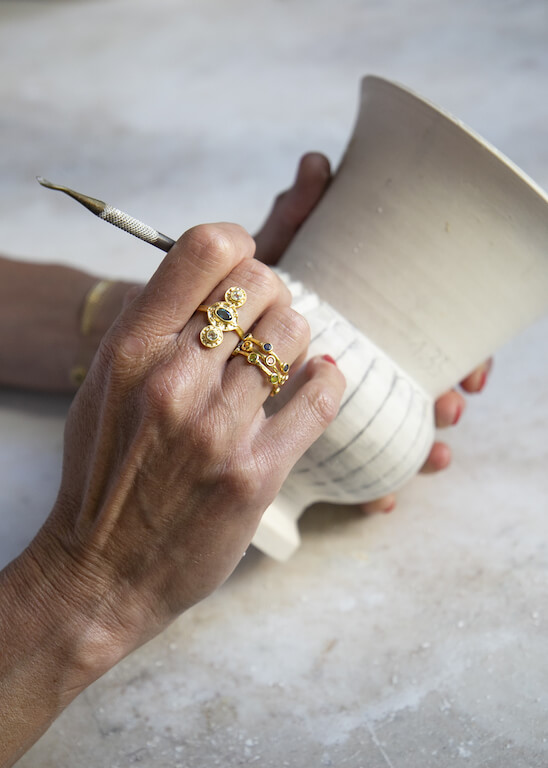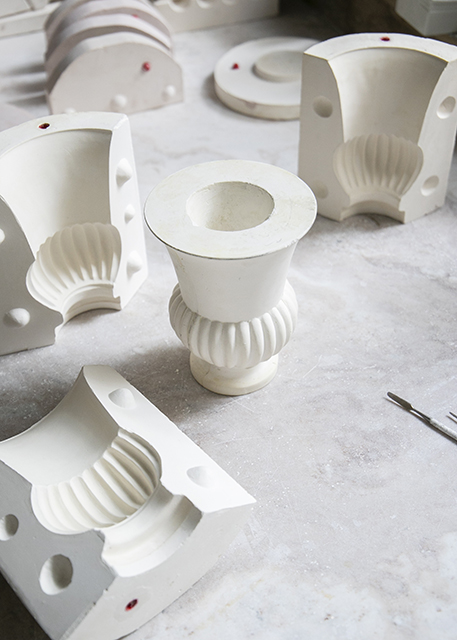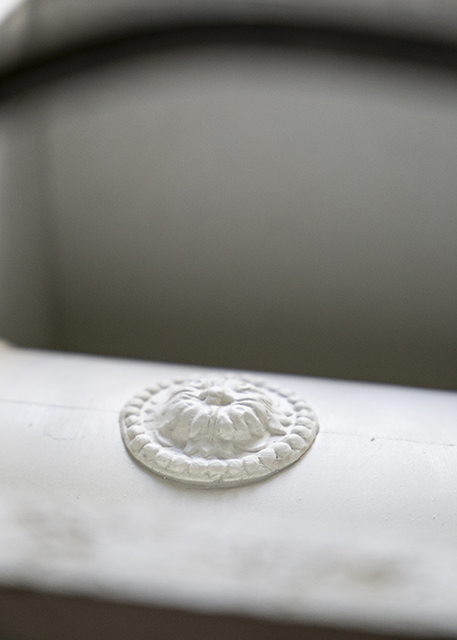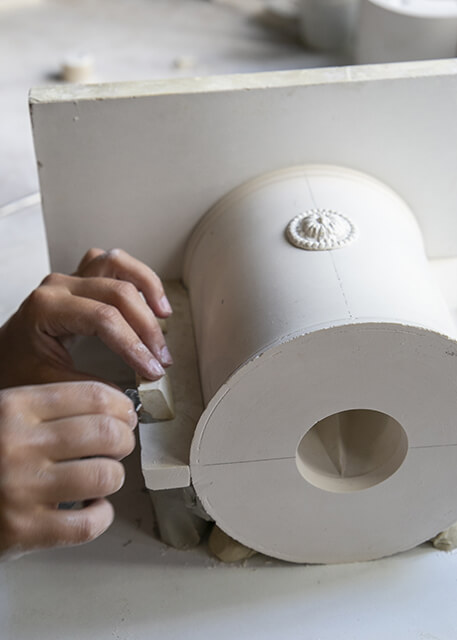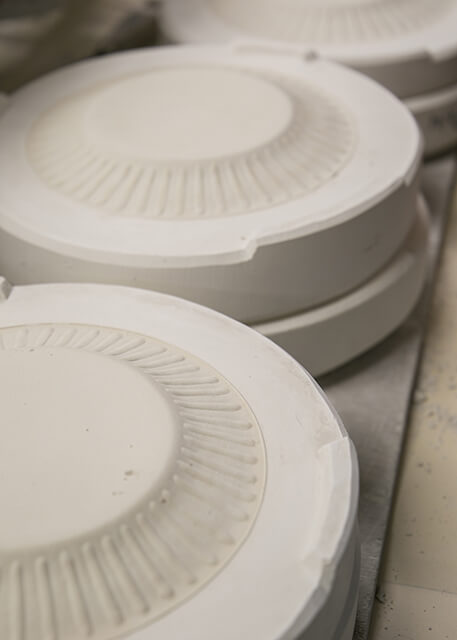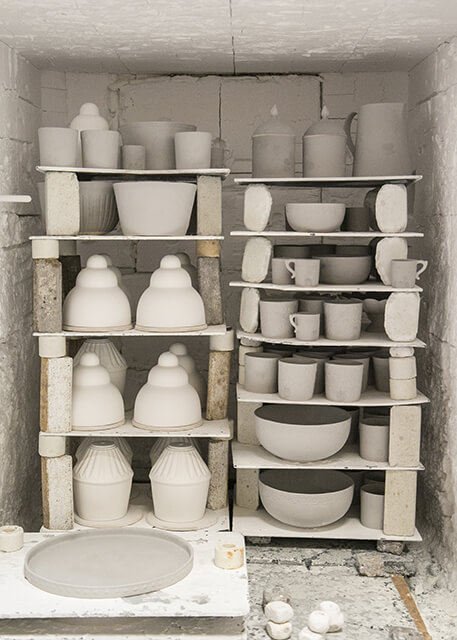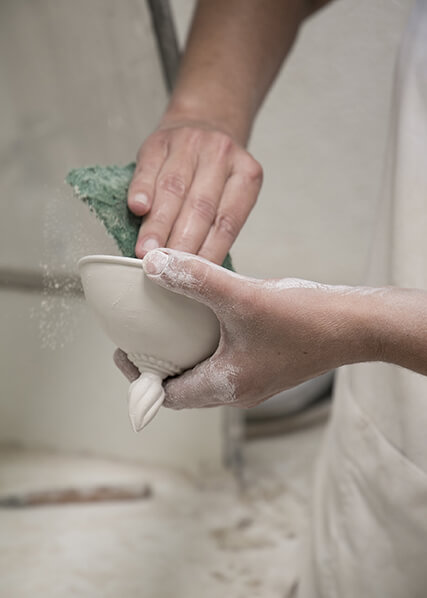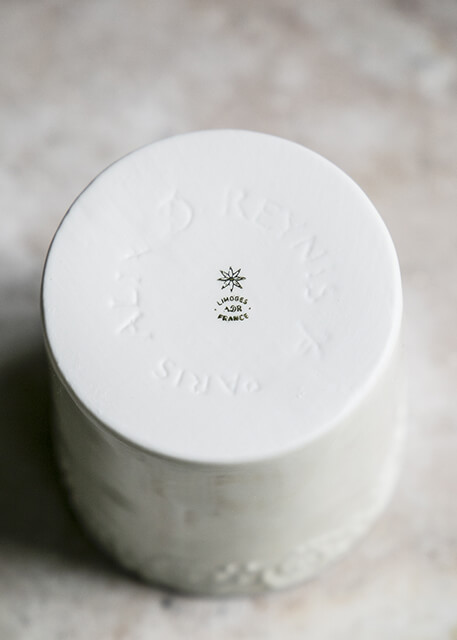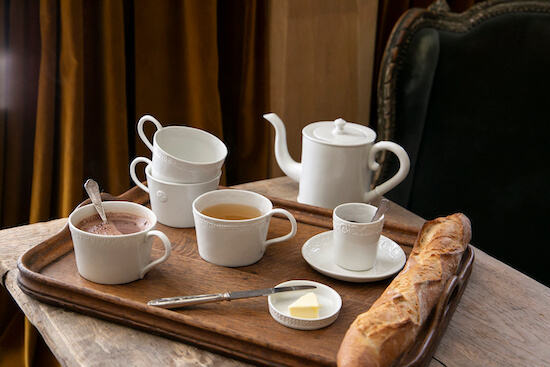A free Oeillet notebook for orders over 250€ excluding postage and packing, using the code CARNET, while stocks last.
During the Olympic Games, from 18/07 to 11/08, deliveries and after-sales service may be affected by delays. We thank you for your understanding and patience during this period.


